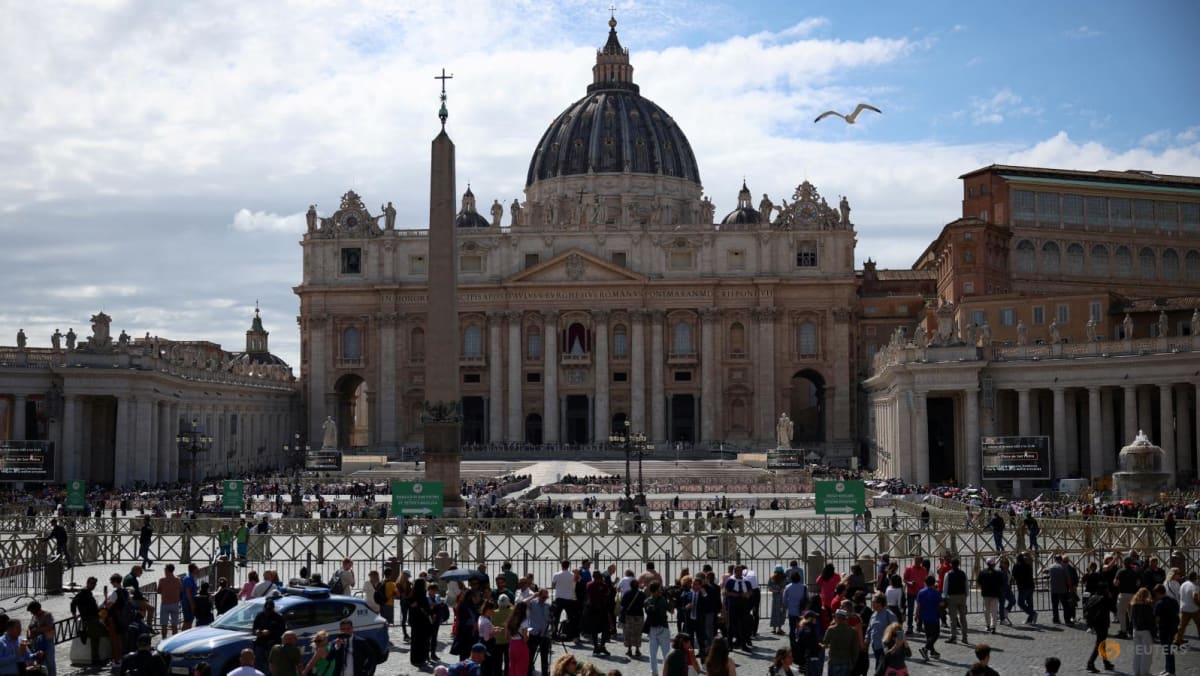89-VOTE MAJORITY
The new pope will need a two-thirds majority. With 133 in the room, 89 cardinals must write their names on their secret ballot papers.
TWO STOVES
The ballots cast by the cardinals are burned in a stove, both to preserve the secrecy of the process and to act as a signal of progress to the faithful gathered outside the sealed chapel.
Today, two stoves are used, connected to the same chimney.
In one, the ballots are burned, in the other, a chemical compound is burned to create either black smoke – no majority yet — or white – a new pope has been chosen.
TWO DAYS?
If no majority emerges quickly, in theory, a conclave could continue for weeks or months.
In practice, the previous two – the 2005 election of Pope Benedict XVI and of Pope Francis in 2013 – lasted two days.
In the 20th and 21st centuries, conclaves have never lasted longer than five days, as was the case for Pope Pius XI’s election in 1922, which required 14 ballots.
